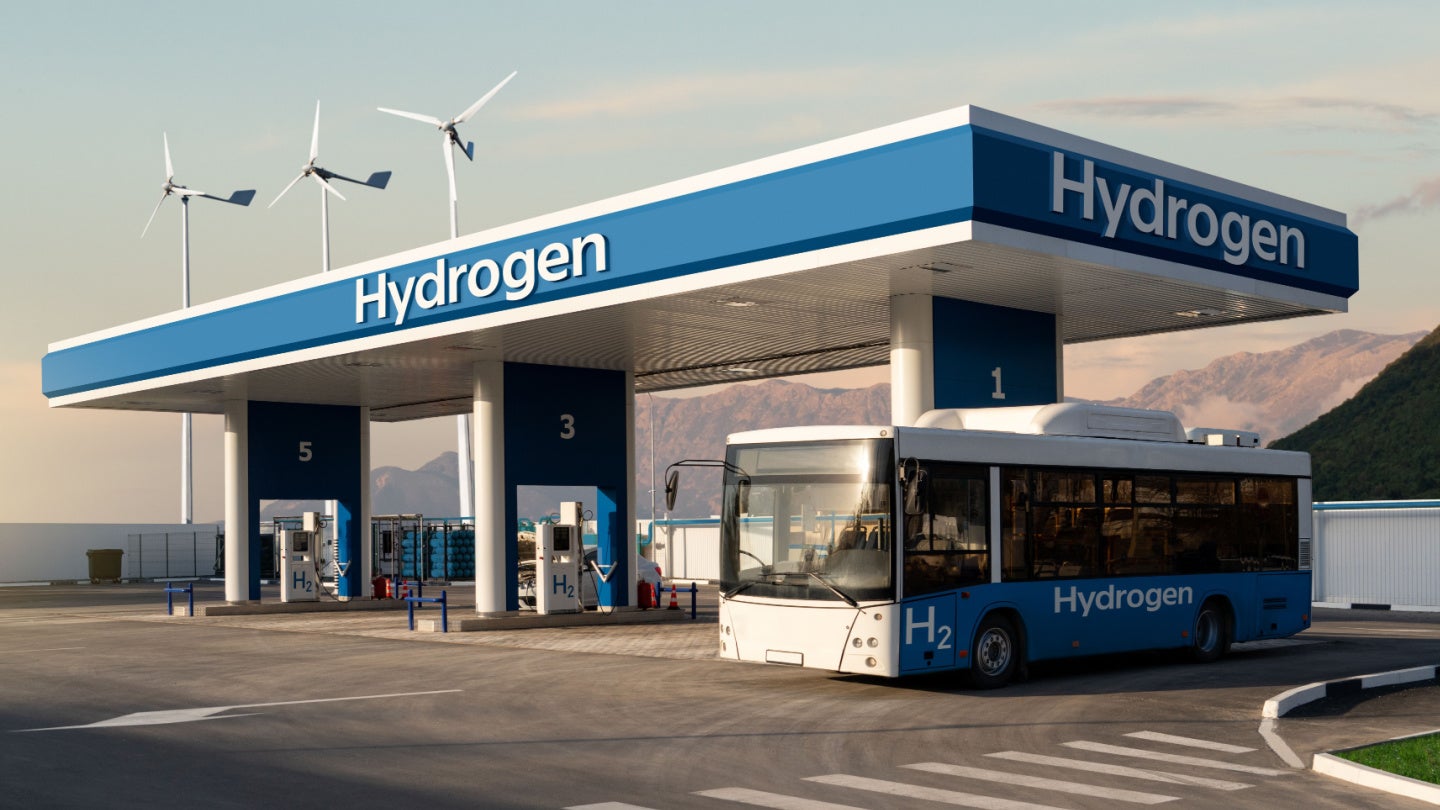
The use of blue or low-carbon hydrogen, made from natural gas with carbon capture and storage (CCS), could increase near-term global warming by 50% compared with burning fossil fuels directly for energy if emissions are not properly managed, according to a new study by NGO the US Environmental Defense Fund (EDF) and the University of Arizona.
The study, published in the journal Environmental Science & Technology on 21 February, reanalysed an earlier life cycle assessment of blue hydrogen and found that deployment of the fuel can have “far worse” climate impacts than previously thought.
“This lowers the perceived climate benefits [of blue hydrogen] when replacing fossil fuel technologies,” the authors of the study write.
Some previous analyses have estimated total potential emissions reductions from the use of blue hydrogen at around 70%, the researchers note. They say a worst-case scenario could actually see near-term global warming increase by 50% compared with fossil fuels.
The study assumes a 60% carbon capture rate rather than the 98% often cited by CCS and blue hydrogen advocates, principally because the technology has not yet come close to removing total on-site emissions at commercial scale, explain the researchers.
For green or renewable hydrogen, which is made from the renewables-powered electrolysis of water, the near-term climate benefits also drop by 25% when the full climate impact of hydrogen is factored in. Hydrogen, the smallest known molecule in the universe, “is a leak-prone gas with a potent indirect warming effect in the near-term due to the fact that its chemical oxidation in the atmosphere increases other short-lived greenhouse gases in the atmosphere – methane, tropospheric ozone, and stratospheric water vapour”, the paper explains.
How well do you really know your competitors?
Access the most comprehensive Company Profiles on the market, powered by GlobalData. Save hours of research. Gain competitive edge.

Thank you!
Your download email will arrive shortly
Not ready to buy yet? Download a free sample
We are confident about the unique quality of our Company Profiles. However, we want you to make the most beneficial decision for your business, so we offer a free sample that you can download by submitting the below form
By GlobalDataCurrently, there are no field measurements available for hydrogen leakage rates from industrial facilities or infrastructure, the research team reports, but estimates range from 1% to 20%, with liquid hydrogen installations believed to come in at the high end.
As governments around the world ramp up policies and funding for hydrogen as a way of meeting net-zero targets, the fuel faces increasing questions from academics and campaign groups over its climate benefits.
The authors conclude that proper assessments of hydrogen’s climate impacts and ways to reduce these should be considered and implemented at every stage of the production process if it is to be an effective decarbonisation tool.
“It is important to get the emissions accounting right, both to accurately assess climate impacts of hydrogen systems and to identify opportunities to reduce them,” said EDF climate scientist and lead author Tianyi Sun in a press release. “When we consider all climate warming emissions and their impacts over the near and long-term, our analysis shows that hydrogen deployment can have far greater [negative] impacts than expected.”







